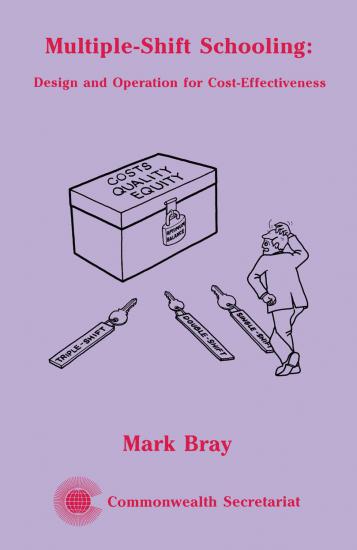Multiple-Shift Schooling: Design and Operation for Cost Effectiveness
Synopsis
In the most common type of multipleshift school, one group of pupils attends classes in the morning and a completely separate group attends in the afternoon. This is a doubleshift school, also commonly called a doublesession, bisessional or halfday school. Some schools run three or even four shifts each day.
Multipleshift systems primarily aim to extend access and minimise unit costs. However, some systems only achieve these goals at the expense of educational quality. Policymakers may be faced by difficult choices in system design.
Drawing on experiences in a wide range of countries, this book highlights the advantages and problems of multipleshift systems. It also makes practical suggestions on ways to make multipleshift systems operate effectively. The book is intended for (i) national and regional policymakers, and (ii) headteachers and others responsible for running multipleshift schools.
Chapters
-
Foreword
-
Introduction
-
Models for Multiple-Shift Schooling
-
Concepts of Cost Analysis
-
Economic Factors
-
Educational Factors
-
Social Factors
-
School Organisation and Timetabling
-
Staffing and Management
-
Quality
-
Alternative Models and Cost-Effectiveness
-
Further Reading

Downloads
Published
Online ISSN
Categories
License

This work is licensed under a Creative Commons Attribution-NonCommercial-NoDerivatives 4.0 International License.

